PDF] Exploring the space of human body shapes: data-driven
4.6 (787) · $ 20.00 · In stock
A system for synthesizing high-resolution, realistic 3D human body shapes according to user-specified anthropometric parameters, using a corpus of whole-body 3D laser range scans of 250 different people to demonstrate this system. In this paper, we demonstrate a system for synthesizing high-resolution, realistic 3D human body shapes according to user-specified anthropometric parameters. We begin with a corpus of whole-body 3D laser range scans of 250 different people. For each scan, we warp a common template mesh to fit each scanned shape, thereby creating a one-to-one vertex correspondence between each of the example body shapes. Once we have a common surface representation for each example, we then use principal component analysis to reduce the data storage requirements. The final step is to relate the variation of body shape with concrete parameters, such as body circumferences, point-to-point measurements, etc. These parameters can then be used as "sliders" to synthesize new individuals with the required attributes, or to edit the attributes of scanned individuals.

Benefits of space exploration - Wikipedia

Biomaterials for human space exploration: A review of their untapped potential - ScienceDirect
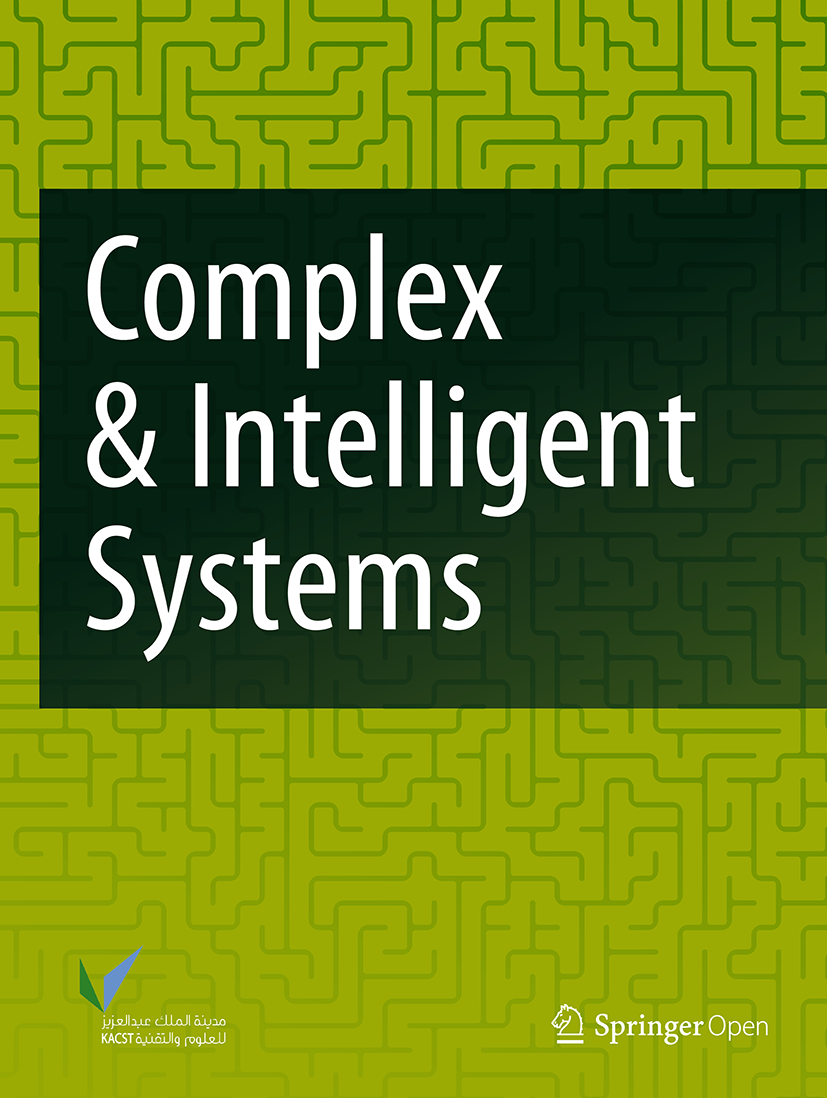
Computer vision-based hand gesture recognition for human-robot interaction: a review
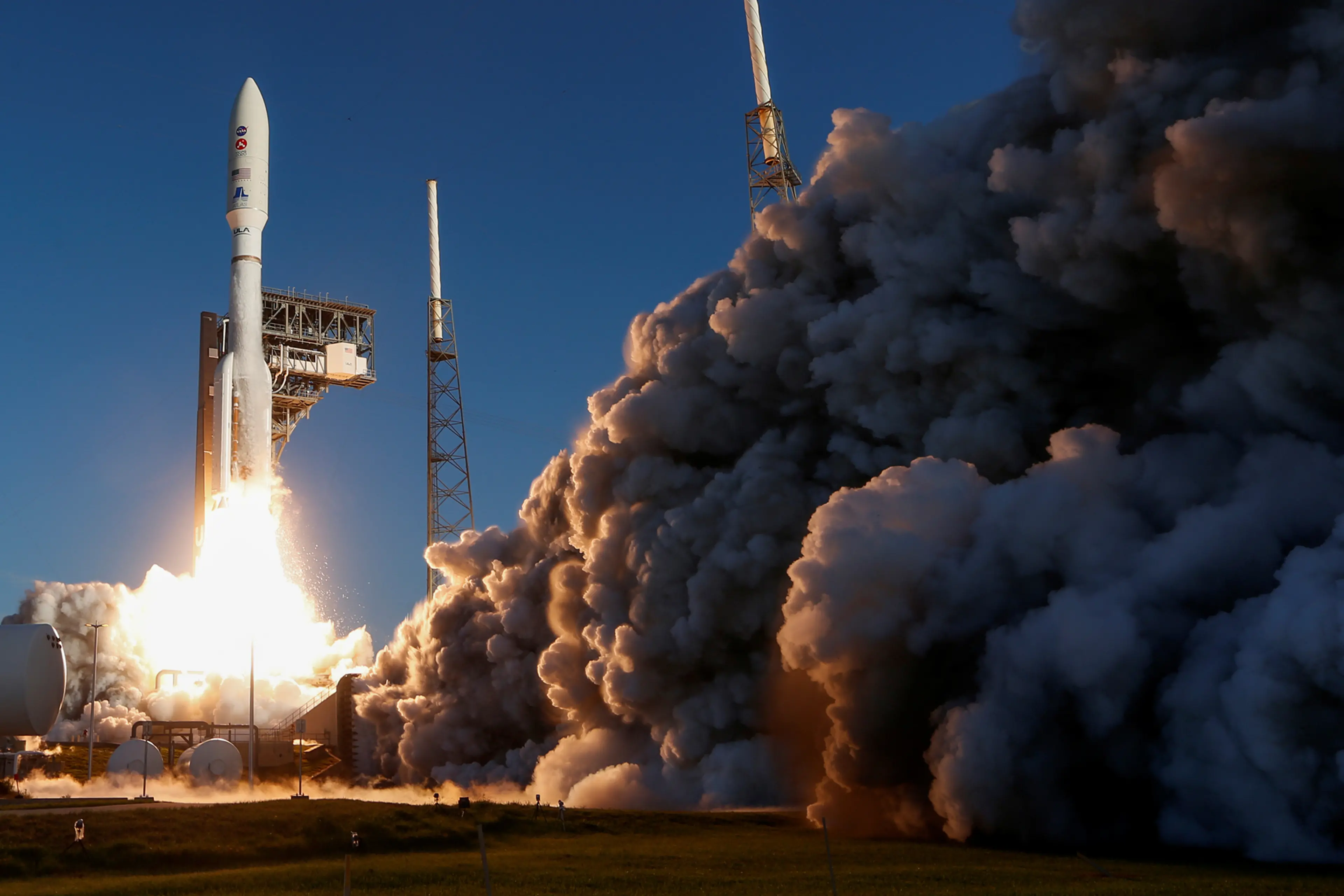
Space Exploration and U.S. Competitiveness

Space Travel: How Does Outer Space Affect Your Body? – Marin Science Seminar

PDF) Exploring the human body space: A geographical information system based anatomical atlas
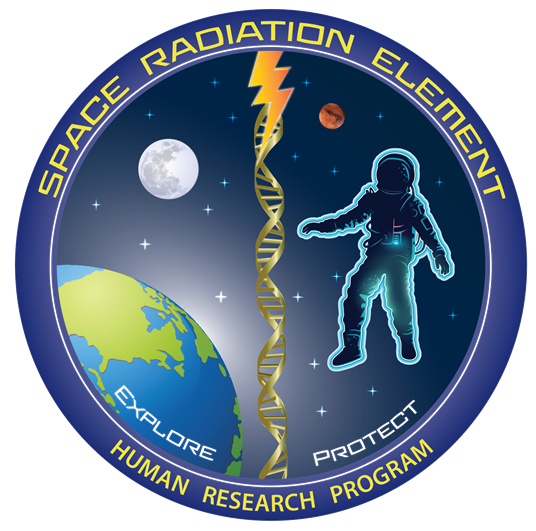
THREE Home
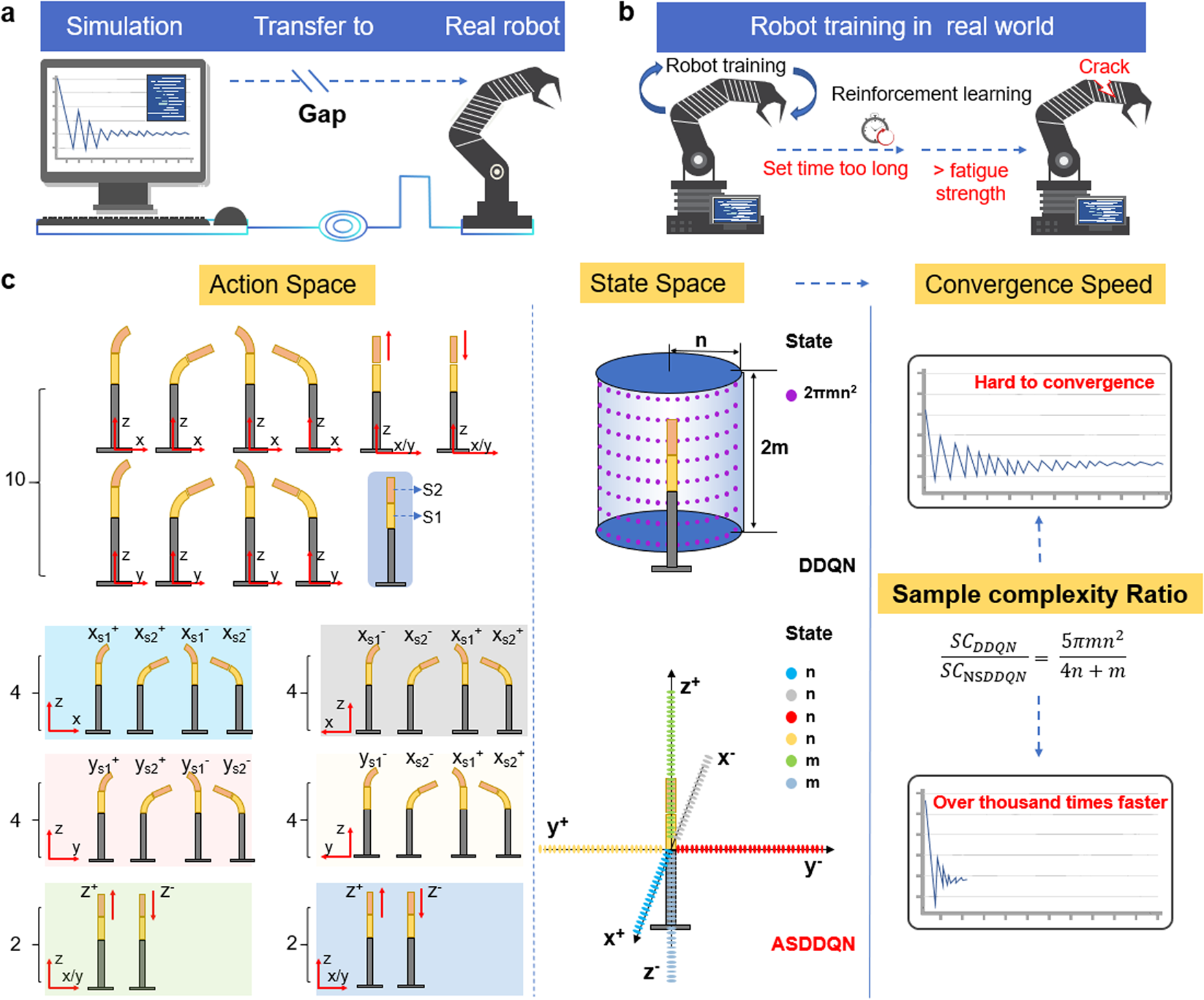
Axis-space framework for cable-driven soft continuum robot control via reinforcement learning

PDF) Exploring the relationship between body shapes and descriptions by linking similarity spaces
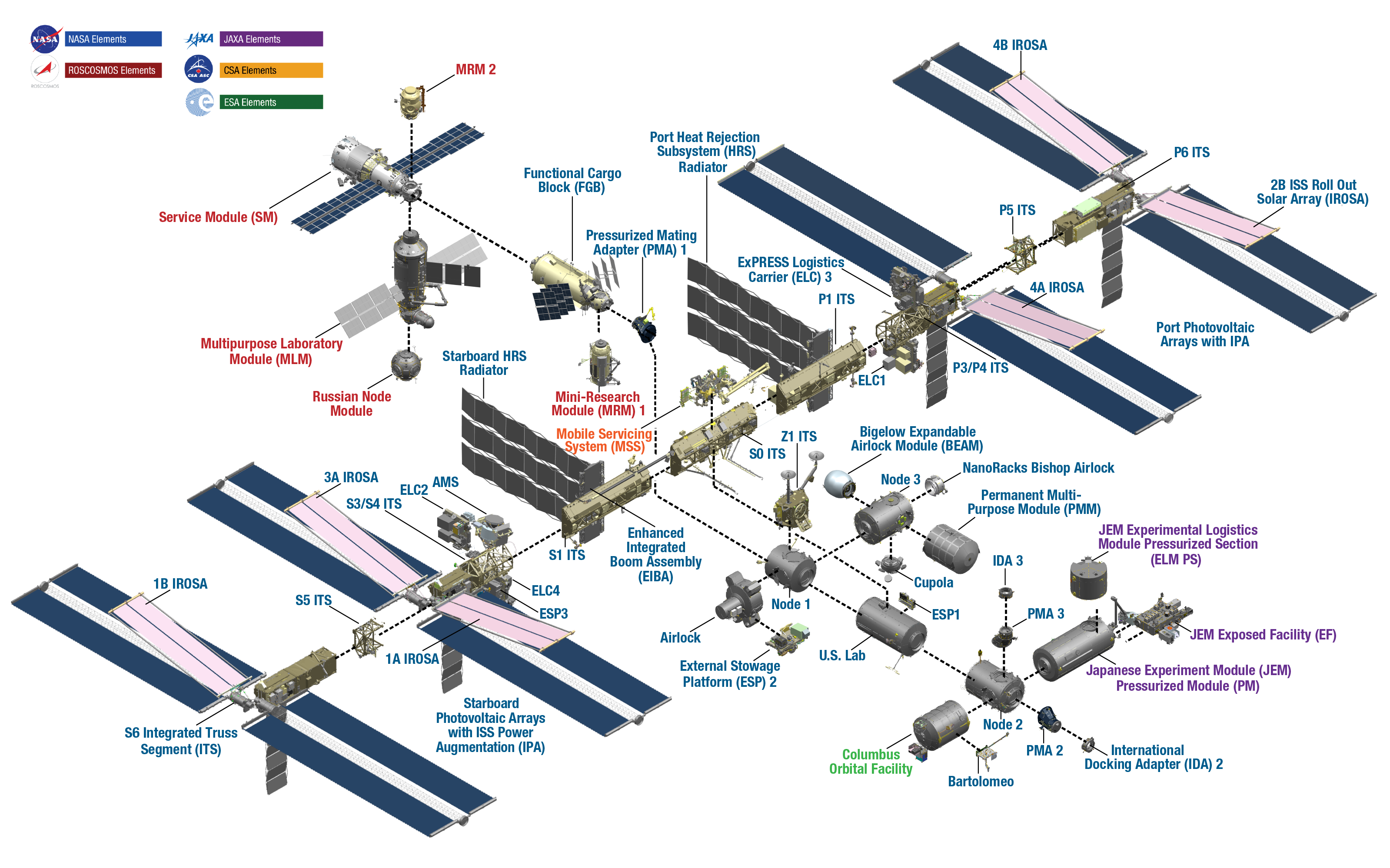
International Space Station Facts and Figures - NASA







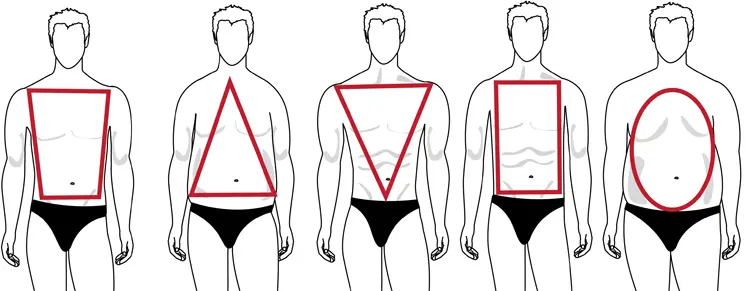




![PDF] Exploring the space of human body shapes: data-driven](https://d3i71xaburhd42.cloudfront.net/042dff85978ad5842288a254bd1b3046f1b47f1b/4-Figure3-1.png)